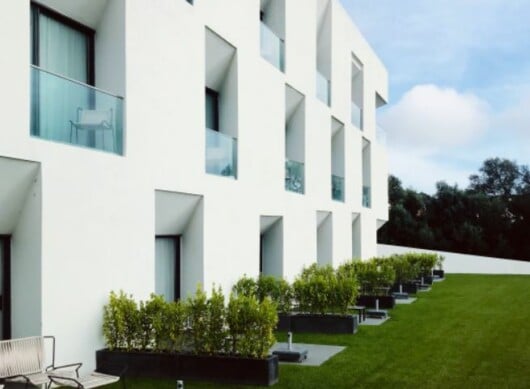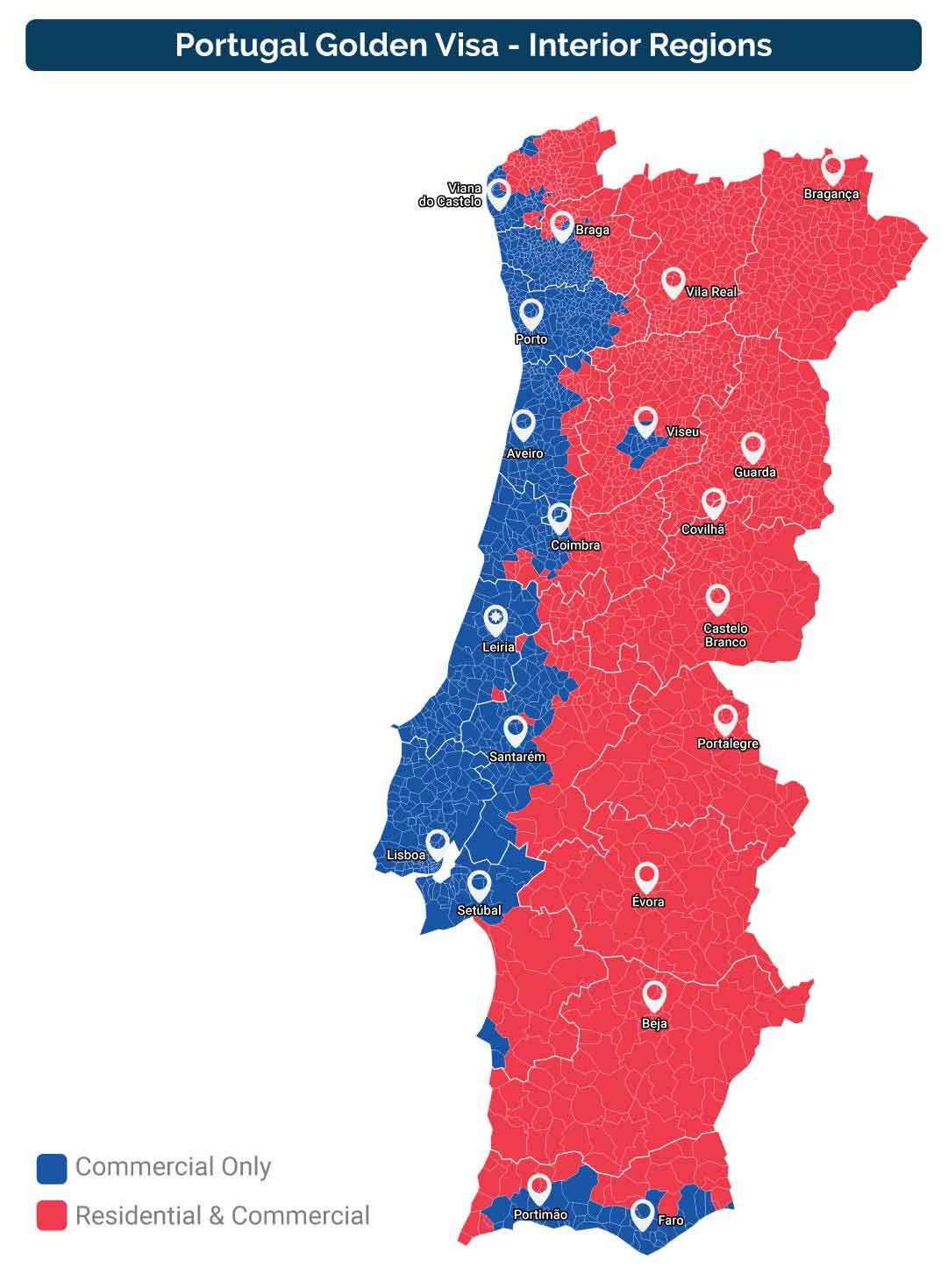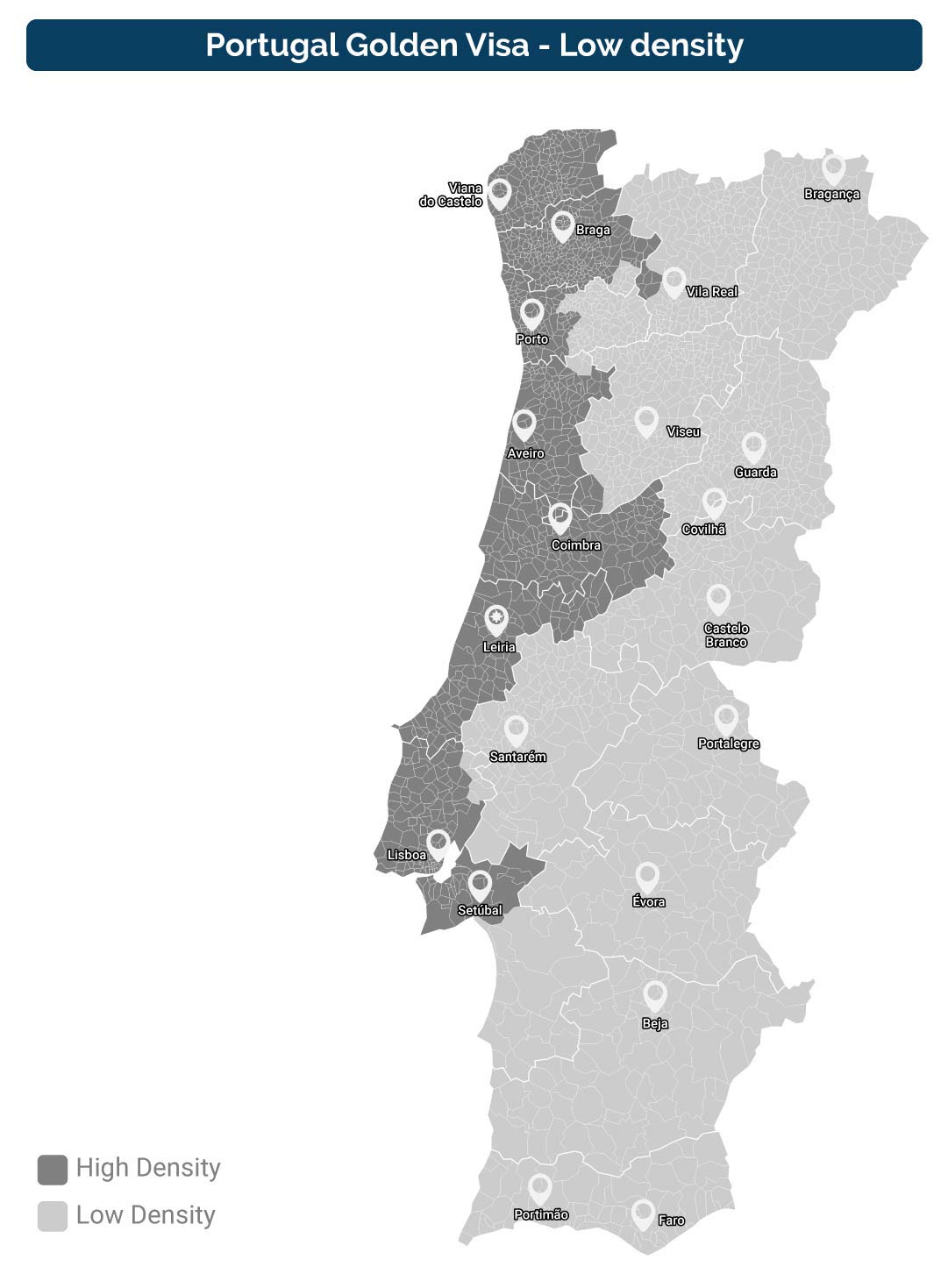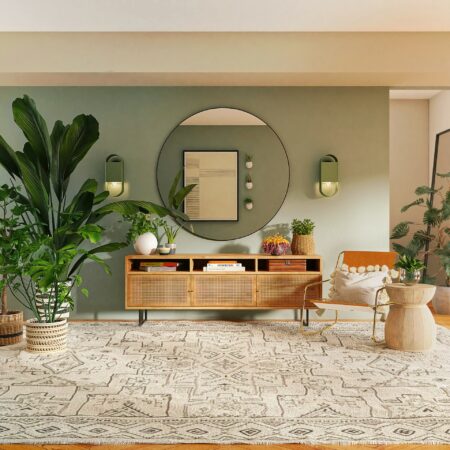Updated: July 4, 2025
Portugal matches today’s definition of luxury: Authenticity, innovation, and creativity. This is especially true with regard to commercial properties and residential real estate investment opportunities in low-density areas of the country. Investors and the media never tire of “discovering” this part of Portugal that surprises visitors — the off-the-beaten part of the country that provides ample opportunities when it comes to buying property in Portugal. Indeed, there’s a broad range of opportunities on offer to invest in Portugal low density areas, with more and more investors scrambling to tap into the wealth of opportunity on offer.
Why invest in Portugal? And why in one of the country’s low-density areas? This guide will provide you with more information about low-density and interior areas of Portugal and what makes them stand out as highly desirable locations.
Golden Visa Changes 2023
Significant changes were made by the Portugeuse government concerning the Portugal Golden Visa in 2023. You can find the latest information on the Golden Visa in the sections below.
The end of the Portugal real estate pathway
It’s essential to understand that real estate investments no longer qualify as an option within the program, including investing in interior or low-density areas.
Wondering how to get Portuguese residency now that the real estate pathway is no longer an option? Luckily, several other attractive investment routes remain eligible for the program to encourage investment in Portugal. For detailed information, please consult the Portugal Golden Visa Ultimate Guide provided by our residency and citizenship division, Global Citizen Solutions. In the section below, we also provide a quick rundown of the current investment options.
While real estate has traditionally been the most favored investment pathway, it’s no longer available and this extends to making a real estate investment in low density aresa. Investors seeking alternative options to qualify for the Golden Visa are increasingly turning to the investment fund route. More details on this pathway can be found in this Portugal Golden Visa Investment Fund guide.
Current Golden Visa Options: Updated
Investments in real estate are no longer an option. However, there remain several attractive options on the table, which you will find detailed below.
- Fund subscription: Contribute a minimum investment amount of €500,000 to a certified investment fund.
- Arts or heritage reconstruction contribution: Minimum investment of €250,000 towards the arts or the restoration of national heritage. Note that if the project takes place in Portugal low density areas (see map below), then a 20 percent discount will apply.
- Scientific research: Minimum investment requirement of €500,000 or more to research in the field of science or technology.
- Job creation: Generate and sustain ten positions over the specified period for economic development.
- Share capital and job creation: Establish a company or strengthen its share capital with a minimum investment of €500,000, combined with the creation of five jobs or the maintenance of ten (with at least five being permanent).
Top benefits of the Portugal Golden Visa
Although the real estate investment option is no longer available, there remain a multitude of benefits to Portugal’s Golden Visa program. These include:
- You can obtain European Union residency and enjoy visa-free travel across Europe and the Schengen Area. After five years of maintaining your investment and meeting all Portuguese nationality requirements, you can apply for Portugeuse citizenship.
- Your immediate family members can be included in your Golden Visa application and they can enjoy the same opportunity as you to live and work in Portugal.
- There remain several very attractive investment options, including job creation, investment funds, and investing in cultural production or historical heritage projects.
- The minimum residency requirement is seven days in the first year and 14 days in subsequent years.
Be aware of potential delays with the Portuguese immigration and borders service (AIMA), which has inherited a large backlog of applications, whereby it can take longer than expected at the moment to secure an initial residency permit.
Portuguese Nationality Law Update: June 2025
New changes to Portugal’s Nationality Laws have been proposed, where the residency requirement before applying for nationality may increase from five to ten years (or seven years for CPLP nationals). This is currently a draft proposal and is not yet officially law. Read the latest updates on the Portugeuse Nationality Law.
Interior Areas of Portugal
This map highlights Portugal’s interior regions.
Low Density Areas
Low-density areas in Portugal are largely located in the interior regions and include parts of the Alentejo, Douro Valley, and the Algarve, amongst other municipalities and parishes.
These areas are defined as territorial units (NUTS III) that have less than 100 inhabitants per square km or a GDP per capita that is less than 75 percent of the national average. When the real estate investment pathway of the Golden Visa program was still available, low-density areas determined whether a 20 percent discount rate was applicable to your investment or not.
Portugal low density areas are shown in light grey below (areas that fall outside the low-density zone are shown in dark grey).
Interior and Low-density Residential Real Estate
Althoug the low density areas Portugal Golden Visa pathway is longer part of the residency-by-investment program, interior and low density areas in Portugal still present an attractive investment opportunity – such as the Douro Valley, Aljezur, and Peneda Gerês.
Each of these offers excellent, spacious properties that are very good value for money. You will be able to find residential properties with a private swimming pool and large areas of land for roughly €400,000.
Reselling Chances | Prices per m2 | Prices Fluctuation | Tourism Industry | Renting Returns | Tourism Returns | |
Peneda Gerês | Medium | Low | Low | High | Low | High |
Douro Valley | Medium | Medium | Low | Medium | Low | Medium |
Aljezur | High | High | Low | High | Medium | High |
Key Low-density Areas
Below are some of the best low-density areas to invest in, with properties in these areas being much more affordable than in other parts of Portugal. There is high potential for eco-tourism and upmarket and boutique tourism. Should you be seeking a calm place to relocate to, low-density areas provide a slower pace of life away from crowds and are appealing to those seeking tranquility and a more relaxed lifestyle.
- Alentejo: The breadbasket of Portugal, located to the North of the Algarve in Southern Portugal, is beloved by locals, known for its low population density and traditional way of life.
- Douro Valley: Known for its never-ending vineyards and stunning landscapes, the Douro Valley offers a tranquil, low-density environment
- Algarve: While the coastal areas can be densely populated, inland areas are much quieter. Think places such as Castro Marim and Alcoutim in the east, or Vila do Bispo, or Aljezur in the west, which is a great surf destination with beautiful beaches. Monchique in the center-north is also a top location.
- Other regions: Viseu, Évora, Santrarém, Leiria, Braga, Aveiro, Viana do Castelo, and parts of Coimbra are also good options, each with their own unique character. Serra da Estrela, home to the highest mountains in Continental Portugal, is the perfect place for nature lovers, where you can ski in the winter, while Ferreira do Zêzere in the Ribatejo Region is known for its tranquility and beautiful landscapes.
Advantages of Investing in Low-density Areas
- Affordable commercial and residential properties, with the opportunity to earn high rental returns
- In low-density areas, investors are likely to find much bigger and better properties with two to three units to rent.
- As the capital needed to invest is low for residential property and commercial real estate in low-density areas, investors have more freedom for other business investments.
- Away from the crowds, these low-density areas of Portugal are great for new beginnings and offer a high quality of life.
- Major cities and towns in the interior of Portugal are becoming popular with students and, as the young population grows in these cities, the need and opportunity to serve them intensifies.
- Increasing interest in residential and commercial properties in low density municipalities from both local and foreign investors
- High yearly growth potential and capital appreciation
- Low density areas in Portugal are promising locations to develop eco-tourism, wellness, innovation, and luxury projects.
- Given the small size of Portugal, even if you buy property in low density regions, you will usually still be quite close to major cities and more densely populated regions.
- You can find very affordable deals if you are seeking a residential rehabilitation project or a commercial rehabilitation project in low density regions.

Other Excellent Low-Density Areas to Invest in Portugal
Peneda-Gerês, the Douro Valley, and the Alentejo Portugal real estate are top locations for investment in Portugal that are becoming increasingly popular with tourists for both commercial and residential property. If you are considering buying property in interior areas, make sure to get expert advice. For example, if looking for property in the Alentejo, work with an experienced real estate agent in Alentejo or a buyer’s agent for a seamless buying experience.
Gerês is one of the favorite regions for investors due to its dense and wonderful Peneda Gerês National Park, the only official national park in Portugal (the rest are natural parks). It is an incredible place. The famous waterfalls are paradisiacal and a rarity in Europe.
Classified as a World Heritage Site by UNESCO, the Douro Region is one of the most acclaimed areas in the world due to its untouched natural landscapes. This is one of the best low density municipalities and areas in Portugal for those seeking unrivalled natural landscapes.
Goldcrest: How We Can Help You
Goldcrest is a buyer’s agent that is based in Lisbon. We provide expert, impartial advice on real estate investments and how to buy property in Portugal. From scouting out the perfect property through to property acquisition, we have you covered throughout the process.
If you are looking to purchase property in Portugal, don’t hesitate to get in touch. Our team of skilled experts is available to solve all your real estate doubts, helping you with the property search and offering insightful expertise and strategic advice.
Why choose Goldcrest?
- Local knowledge: With offices located across Portugal, our presence nationwide allows us to assist you personally across the country.
- Independent service: As an independent buying agent, we do not represent any development or project. Our service is entirely tailored toward each individual client, providing you with everything you need to secure the perfect property at the best possible price. As an impartial advisor on the market, we work solely on behalf of our client and provide a service tailored to your needs and requirements.
- Streamlined process: Our real estate agents speak English and Portuguese, and our service is completely focused on providing you with a hassle-free buying experience, saving you time.
- Experienced team: Our expert real estate team has a vast local knowledge of the Portuguese property market. We have cutting-edge technology and metasearch tools at your disposal to provide full market coverage, ensuring the best investment choices and negotiated prices.
- Network of partners: We have a close network of partners, including lawyers, property management services, builders, architects, designers, and landscape gardeners, again saving you time and hassle by providing you with trusted experts in their field of work.
Frequently Asked Questions about Low-density Areas in Portugal
What are the low-density areas I can invest in?
It is no longer possible to invest in low-density areas and qualify for the Portugal Golden Visa.
How much do I need to invest in a low-density area?
It is no longer possible to invest in low-density areas and be eligible for the Golden Visa in Portugal.
Can I get residency if I invest in real estate in a low-density area?
No, it is no longer possible to secure residency by investing in Portuguese real estate under the Portugal Golden Visa.
What are low density areas?
A region is considered to be a “low-density area” if it has fewer than 100 people per square kilometer or a per capita GDP that is less than 75 percent of the national average.
In terms of real estate, low density refers to the ratio of dwelling units to pieces of land in a specific area. Low-density housing often refers to areas that are mostly made up of single-family houses or modestly-sized buildings.
Is Setubal a low density area?
It is. The Douro Valley, Evora, certain regions of the Algarve, and Setubal are all categorized as low-density areas.
To find a property in or around Setúbal, it can be a good idea to get in touch with a real estate agent in Setubal to assist you with the purchase and help you discover your dream home in this part of Portugal.
Is Braga a low density area?
Yes, it is. And there are Leiria, Viseu, Santarém, Viana do Castelo, Aveiro, a few Porto neighborhoods, and parts of Coimbra among other popular locations in the country.
We highly recommend working with a real estate agent in Braga, or preferably a buyer’s agent, if you’re considering exploring this region to help you find your ideal property at the best price.
What is a Portuguese urban regeneration area?
Portuguese urban regeneration areas contain buildings that are bought at relatively cheap prices, redone, and then rented out. These are key investment areas that can reap financial rewards, as you can generally expect high returns on your property investment.
What is a low-density area in Portugal?
Low-density areas are defined as territorial units (NUTS III) that have less than 100 inhabitants per square km or a GDP per capita that is less than 75 percent of the national average.
How to qualify for the Portugal Golden Visa 280K EUR low-density investment option?
The real estate pathway of the Portugal Golden Visa is no longer available, as per the program’s 2023 changes. This includes the Portuguese Golden Visa 280k Investment Option.
Will the Portugal Golden Visa changes in 2022 affect the low-density investment option?
The real estate pathway of the Portugal Golden Visa is no longer available, as per the program’s 2023 changes, including the €280,000 low-density investment option. The investment funds option is an attractive alternative to prospective investors seeking to apply to the program.
What is a Portuguese urban regeneration area?
Portuguese urban regeneration areas feature properties available at relatively low prices, which are refurbished and often rented out. These areas are prime investment opportunities, offering the potential for significant financial returns due to increased property value and rental demand after restoration.


